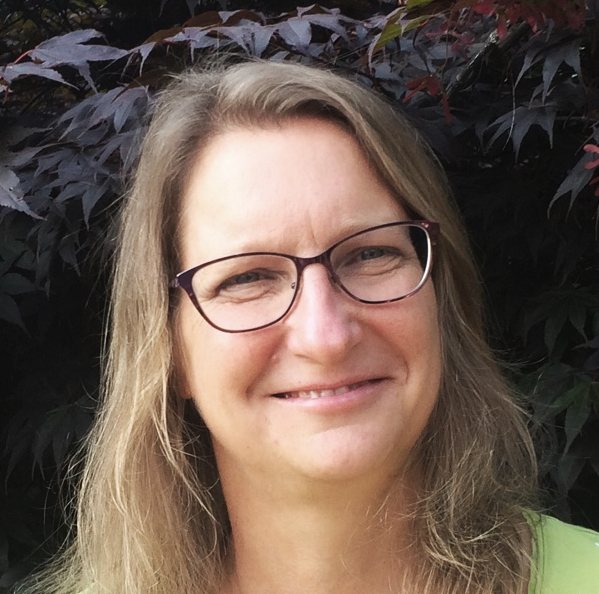Charlotte Schubert is a freelance science journalist based in Seattle with previous staff experience at Nature Medicine and at the Milwaukee Journal Sentinel. She has written for Nature, Proceedings of the National Academy of Sciences, Cell Press and other publications. She has Ph.D. from the University of Washington and just completed a year-long stint in an epigenetics lab at Fred Hutchinson Cancer Research Center.

Charlotte Schubert
From this contributor
Genetic risk factors for autism may affect family size
People who carry risk factors for autism but do not have the condition tend to have slightly fewer children than average, and have them later in life.

Genetic risk factors for autism may affect family size
Explore more from The Transmitter
The Transmitter’s most-read neuroscience book excerpts of 2025
Books by Nachum Ulanovsky, Nicole Rust, and Andrew Iwaniuk and Georg Striedter made the list of some of the year's most engaging neuroscience titles.

The Transmitter’s most-read neuroscience book excerpts of 2025
Books by Nachum Ulanovsky, Nicole Rust, and Andrew Iwaniuk and Georg Striedter made the list of some of the year's most engaging neuroscience titles.
Neuroscience’s leaders, legacies and rising stars of 2025
Here are seven stories from the past year about some of the field’s most engaging figures.

Neuroscience’s leaders, legacies and rising stars of 2025
Here are seven stories from the past year about some of the field’s most engaging figures.
The Transmitter’s top news articles of 2025
Check out some of our most-read stories, covering neuroscience funding and policy changes in the United States, and methodological issues in high-profile neuroscience papers.

The Transmitter’s top news articles of 2025
Check out some of our most-read stories, covering neuroscience funding and policy changes in the United States, and methodological issues in high-profile neuroscience papers.